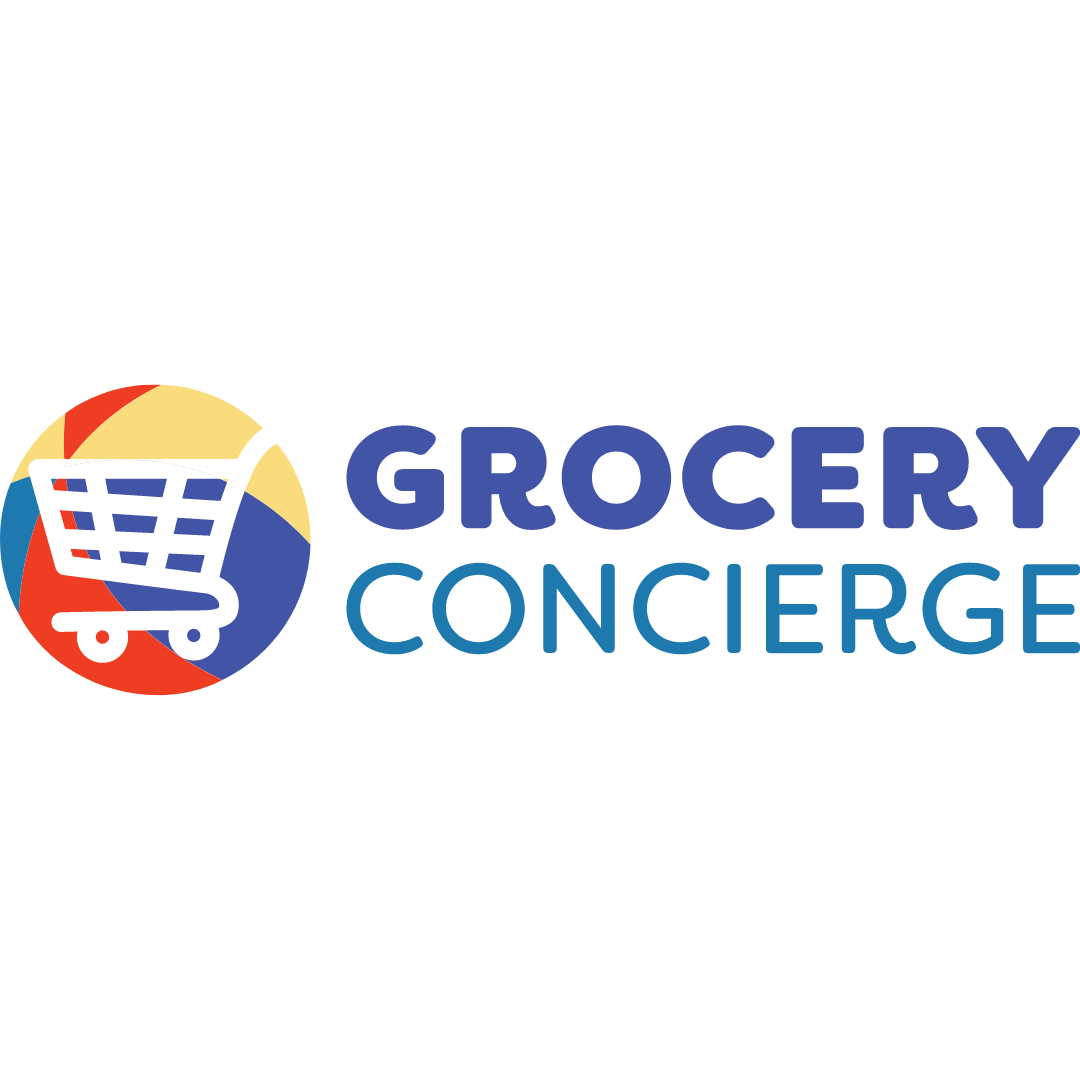Have you ever gone to the grocery store hungry and tired? Add in kids or a hungry husband and you are guaranteed to spend $300 or more on that trip!
Have you ever planned on starting a new “diet” and realized you don’t have any of the items listed for the week? And pay day is a week away!
Have you ever started cooking a recipe and realized that you are missing an item? Before calling for Pizza Delivery, check Google. You may be able to find a substitute (Skim Milk + Butter = Heavy Cream)
If restaurants ran their kitchen’s like many of us do, they would not be able to stay in business! Their customers would not be able to order their favorite items from the menu because the chef didn’t have all the ingredients to make that item. Or the food cost would be so high with last-minute deliveries, they couldn’t pay the rent or the employees. So how does a restaurant have what they need to make the items and satisfy both their customers and their budgets?
One tool they use is a PAR sheet. PAR stands for Periodic Automatic Replenishment. In other words, a system to get the items they need when they need them. The major advantage of a system like this is that you can adjust your PAR levels depending on factors like storage, budget, menu changes, and purchase frequency while still having all the ingredients you need on hand to make all of your family’s favorite meals and snacks.
Another tool they use is inventory rotation—using up the oldest items first. FIFO means First In, First Out. There is lots of confusion about “use by” dates and “best by” on food packaging. Use By Dates are related to safety—think meats and prepared salads. Best By (Before) Dates are about quality—food may still be safe to eat just not the best quality. You need to get in the habit of using up the older items first so that you are getting the best quality and keeping your family safe.
Having worked for both a food management company and a restaurant, these tools and practices come almost naturally for me. As I explained in a previous blog post (Menu Planning: System or Style-Feb 5, 2019) I cook almost every meal at home. I rotate our inventory so that meat purchased and frozen in May, is used before meat purchased and frozen in July. And although we have some “family favorites” that I can prepare at any time (just pull some items out of freezer and pantry), I try new preparations and new items depending on the season and availability (fresh fruits and veggies and fresh seafood). What’s the saying…Variety is the Spice of Live!
One of my favorite activities is Meal Planning! I know it sounds crazy, but I love to plan Dinner Parties—just thinking about which foods go well together and of course what wine to serve makes me happy. I will sit on the couch with cookbooks all around me looking for the perfect combinations and imagining how the flavors will complement one another. If this isn’t your favorite activity, please see previous blog post (Holiday Planning-Nov 2018) for some tips or give me a call and we can plan your event together.
Of course, not every meal is a “dinner party”! Lunches are often leftovers either reheated or using the cooked protein on a salad. And breakfast can range from fruit smoothies on the way out the door or a breakfast casserole. Most importantly, I try to make every meal nutritious.
I believe the saying “Feed your body, Feed your passion” and I am passionate about helping others make positive changes in their lives through nutritional coaching!
So how does a Nutritional Coaching Session work?
Let’s walk through the steps together and if it sounds like something you would like to do then you can contact me, and we can plan a time to work together. The cost of a session is $99 and includes the Customizable Google Sheet ($19.95) and 2 hours of Onsite Kitchen Organization and Coaching. Details can be found on our Meal Planning page.
First, I will have you complete a Meal Planning Questionnaire (online and PDF version available) and send to me. This questionnaire will give me some general information about your current situation and your goals. Then when I arrive on-site, we will do a complete Inventory of your pantry, freezer, and refrigerator. If we find out of date items we will discard those, and if we find items that you want to eliminate from your diet (wheat, sugar, dairy, etc.) we will determine whether to discard or to place in an “out of sight/out of mind” area to be recovered at a later date.
Next, we will look at your upcoming Monthly Calendar. Are there any Special Events or Get Togethers that we need to plan for? Any dinners out on the calendar—girls’ night out/sports celebrations/concerts? We will pull recipes together for these events and plan to incorporate the ingredients into your final shopping list.
And now we move to your daily and weekly meals—breakfast, lunch, dinner, and snacks. Do you use a delivery meal plan like Blue Apron, Hello Fresh, Home Chef? What are some of your family favorites? What diet plan are you following? We are focusing on your goals, whether it is to save money or replace packaged foods with more wholesome items or something else.
And lastly based on what you are planning to prepare and consume we will create a Customized Google Sheet (link to download) that includes your PAR for every item. The Sheet will automatically determine your shopping list by comparing Quantity Needed to Quantity on Hand. And as you update the quantities on hand, the sheet will update so that you are only buying what you need.
Any time remaining can be spent organizing your kitchen for easy preparation, clean up, and storage.
Shopping and Delivery Service:
Organized Occasions Concierge is a full-service concierge that will shop for and delivery your groceries, paper products, and beverages. Email me your shopping list and we will schedule your delivery (mutually agreeable day and time). More details about Grocery Delivery Service (link) can be found under the services page.
I know there are a lot of meal plans out there—I have downloaded and subscribed to several myself as well as reviewed almost every major diet program. The difference between all those meal/diet plans and what I am describing is treating your kitchen like a restaurant. Establishing a PAR to purchase only items needed, rotating inventory to maintain quality and creating variety in your menus.
Whatever your goals for Meal Planning are, you can reach them! If you want to save money, you can. You will only be buying what you need. If you want to change what you are eating, you can. You will have a shopping list to use and the best way to control what comes into your house (and body) is to control what goes into your cart! If you want to eat at home more, you can. You will have all the ingredients you need to make the meal without stopping by the store (saving both time and money).
You may find that Home is Her Favorite Restaurant too! (A song lyric—Walker Hayes-Don’t Let Her) Check out the video—but be prepared to shed a tear or two.


Comments